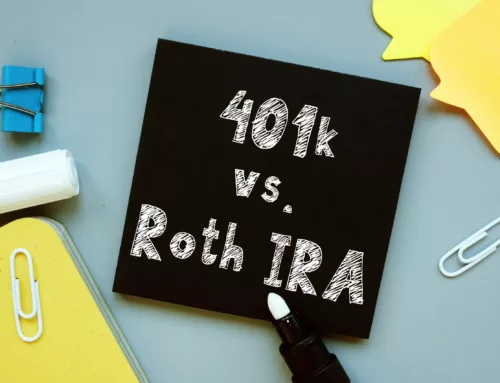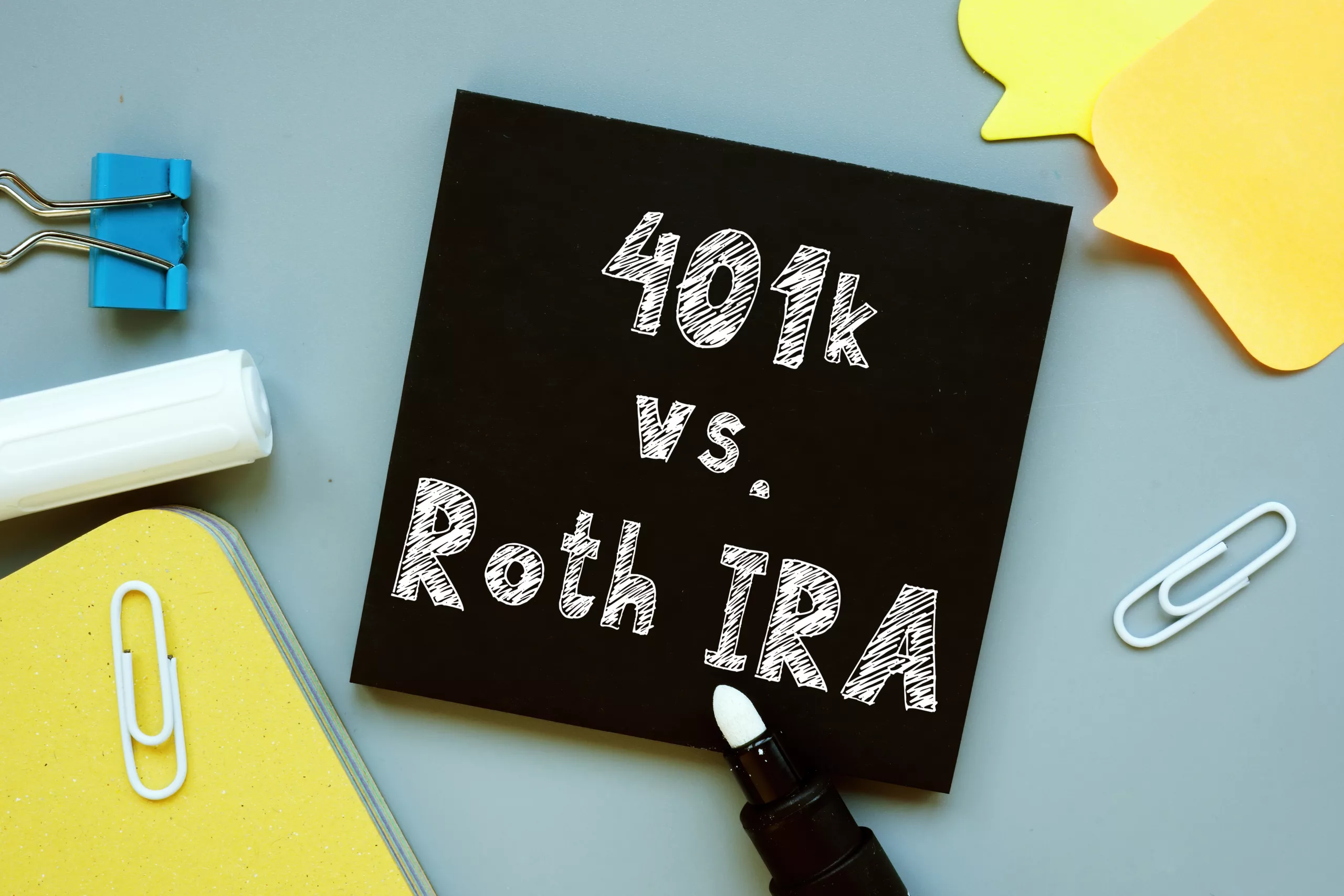What is Crypto? Explaining the Currency of the Digital Age
So, here’s a question you’ll hear a lot these days: what is crypto? With the advent of digital technology, especially when it comes to e-commerce, it can sometimes feel like new financial instruments are popping up faster and faster. We seem to have gone from the origins of online shopping to mobile banking and contactless payments in no time at all. Innovation is quickly catching up to the speed of imagination thanks to advanced dev ops and lightning-fast processing power. Sometimes, it can all become a blur, leaving us struggling to make sense of it all.
Somewhere in all that innovation, the “What is Crypto?” question has gotten lost in the shuffle in many quarters. This next-level system of currency has captivated attention even while it has been widely misunderstood. Sure, people get that cryptocurrency is a type of money: you use it to buy and sell things. But due to its virtual nature, it can be a little harder to wrap our heads around exactly what it is. After all, even if your traditional bank account is nothing but numbers, there is cash behind it, a physical, tactile thing you can hold in your hands.
The good news is, it’s not as hard as you think to understand the answer to “What Is Crypto?” If you already grasp the basic idea of how traditional currency works, you have a foundation for making the jump. What follows is a primer that can take that basic knowledge and build upon it for your own edification. And let’s face it – sooner or later, you are likely to interact with cryptocurrency. An increasing number of websites are offering it as a payment method, and as an investment product, and more and more people are finding it attractive.
What is crypto? Let’s find out together.
Crypto Fundamentals
Virtually all currencies in the history of the world have been created and controlled by governments and banking institutions. Not so with cryptocurrencies, which are instead existing under a decentralized system. That means that instead of worrying about being regulated by public or private policies, the crypto community sets the terms under which it operates.
Instead of being an object that can be manifested as coins or bills, cryptocurrency payments exist exclusively as data points entered into an online database. Here, every single specific transaction is recorded. With each and every transfer of cryptocurrency, the transactions appear in a ledger which can be accessed by the public. So, instead of moving money around in a ledger, backed by some physical medium, crypto abides as a meticulous record of those transactions.
Understanding Blockchain
All cryptocurrency is stored in digital wallets found on various servers around the world. But how is all that secured? How can the cryptocurrency community maintain confidence in the value of it all? The answer is in a technology called blockchain. In a nutshell, blockchain is a massive linking of ledger entries, accurately tracking all of the crypto traded in the billions upon billions of transactions occurring out there. Those entries represent a set of transactions and are called “blocks.”
To ensure that all the accounting is 100% legit, every new block generated is verified before being confirmed. This process assures that it is all but impossible for anyone to enter fraudulent transactions, keeping the whole chain stable. How is all this tracked? With encryption algorithms and cryptographic techniques. Distinguishing itself from the “faith” model which most currencies follow, this code-based proof is the lynchpin to confidence in the system.
Using Crypto
Now that you understand the answer to the question “What is crypto?” you can move on to putting it into practical use. As with all currencies, you can purchase it using other currencies. Just in the same way you would exchange dollars for euros when traveling in France, you can use dollars to purchase popular cryptocurrencies such as Bitcoin. What you own is stored digitally on servers and devices with only you yourself controlling the digital key to your funds.
While online retailers have been slow to adopt crypto in many cases, there are a number of verticals where you can use your stash of digital currency to purchase real-world items and services. For example, insurance companies are starting to accept it as a method of payment. Luxury goods like high-end watches are also purchasable with crypto. And many tech companies and e-commerce sites welcome payments with names as big as AT&T and Microsoft adding the option for consumers.
One last important way many people use cryptocurrency is as an investment. Just as is the case with stocks, crypto can go up and down in value through fiscal quarters and years. The same sort of “buy low and sell high” aspiration which dominates commodities and futures markets are used by investors looking to crypto. Some early adopters have already become wealthy thanks to the rising popularity over the last decade or so. For many, making crypto part of one’s portfolio is literally betting on the future!








